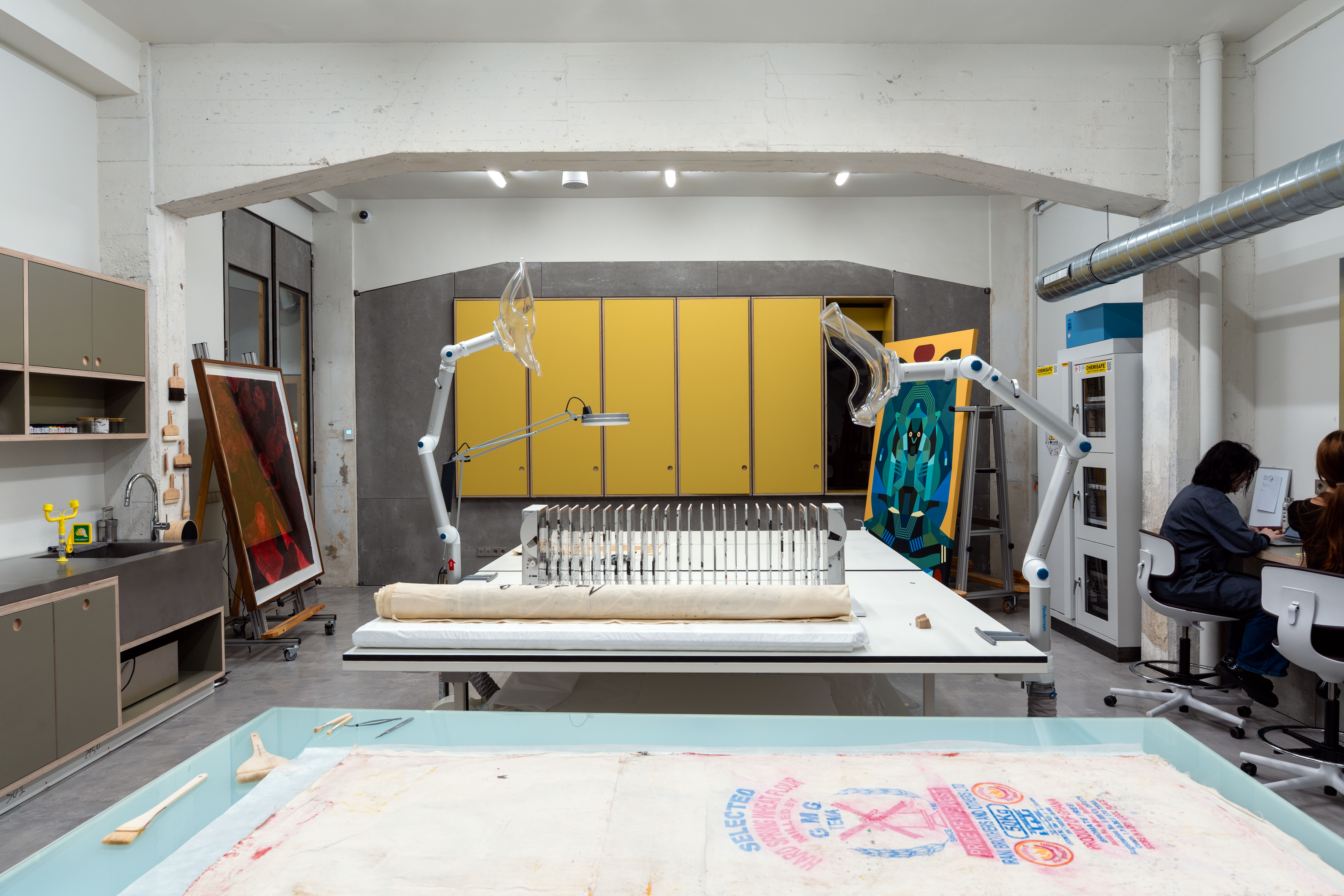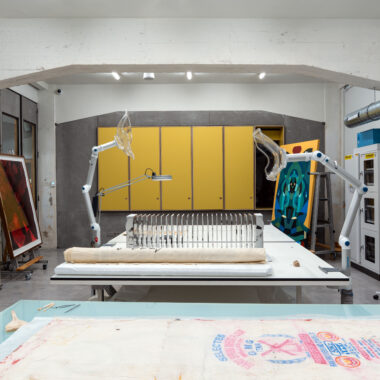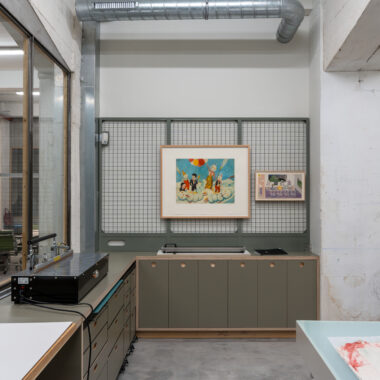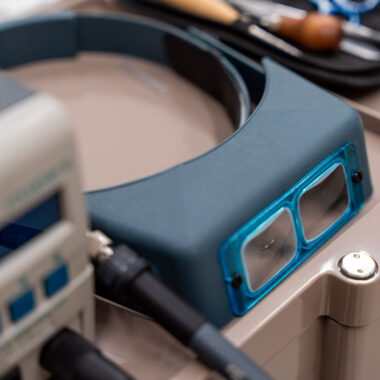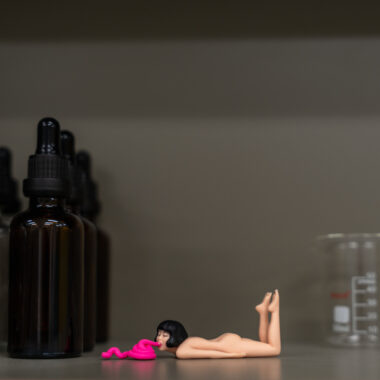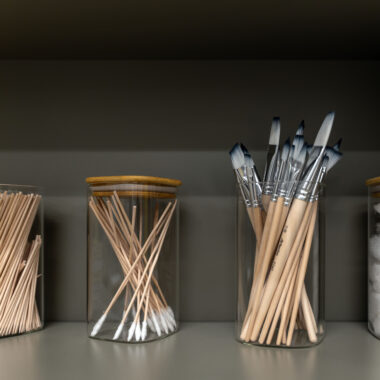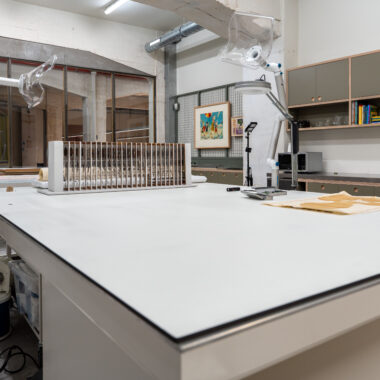The Conservation Lab structures its work around three main areas: the conservation and restoration of contemporary art, the preservation of new media, and close collaboration with artists. Based at SOLO CSV, the lab features a spacious conservation facility equipped with specialised resources, enabling each area of work to be approached with the utmost rigour, sensitivity, and professional commitment.
Conservation and restoration of contemporary art
Conserving contemporary art means understanding its changing materialities and addressing, with both technical rigour and sensitivity, the challenges posed by its conceptual complexity. This redefines conservation as a process of analysis, adaptation, and attentive engagement.
As part of our commitment to the preservation of contemporary artistic heritage, we have launched a specialist conservation and restoration lab designed as a space for rigorous, reflective work that respects the complexity of today’s artistic languages.
This lab was established to meet the conservation needs of the works in our collection, safeguarding their material and conceptual integrity through tailored methodologies that respond to the diversity of techniques, media, and discourses inherent to contemporary art. Each intervention is grounded in careful analysis and guided by ethical, scientific, and professional principles, with particular attention to the authenticity of the artwork and the artist’s intent.
From an interdisciplinary perspective and in constant dialogue with the present, we aim to contribute to the development of best practices and the advancement of technical knowledge applied to the contemporary field.
This new space is underpinned by values such as rigour, transparency, sustainability, and responsibility towards cultural memory, understanding conservation not merely as a technical practice, but as a form of care that accompanies works in their continuity through time.
New Media Art
The SOLO Collection also encompasses projects and works within the field of new media, characterised by their variable nature and specific technical requirements.
Our commitment to these emerging disciplines translates into ongoing research, continuous learning, and training, with the aim of deepening our understanding and ensuring their preservation over time.
At the Department of Conservation and Restoration, we take an integral approach to preserving these works: we restore them, document technical processes, and conduct interviews with artists and other involved agents to record the complexity and specificity of each project.
We also work actively with institutions and universities, promoting knowledge generation through lectures, publications, and professional gatherings. These initiatives aim not only to share experiences but also to inspire new ways of thinking about contemporary art conservation.
As part of this work, we offer a specialised service for the conservation and restoration of new media art, tailored to the technical, conceptual, and ethical demands of these artistic practices.
Conservation Lab’s new media line of work has participated in various international events and projects:
- Museo Nacional Reina Sofía. Jornadas internacionales de conservación de Arte Contemporáneo . 28th February 2020.
- AIC. American Institute of Conservation Annual Meeting 2020. Conservation reactive and proactive. 19-23th May 2020
- ICOM_CC.19th Triennial Conference Beijing China. Transcending Boundaries: Integrated Approaches to Conservation. 14-18 September 2020.
- American Institute of Conservation 48th Annual Conference in Salt Lake City. 2020
In a dialogue with the artists
In addition to restoration projects, we offer a space where artists can work in close collaboration with conservation and restoration professionals. This synergy enriches creative processes, opens up new aesthetic and technical possibilities, and fosters a deeper awareness of the materials and methods employed.
Through constant dialogue across disciplines, we seek to promote a more informed, rigorous, and sustainable approach to artistic production—one in which the longevity of artworks is considered from the outset.
Our goal is to create a space for encounter, reflection, and experimentation.

